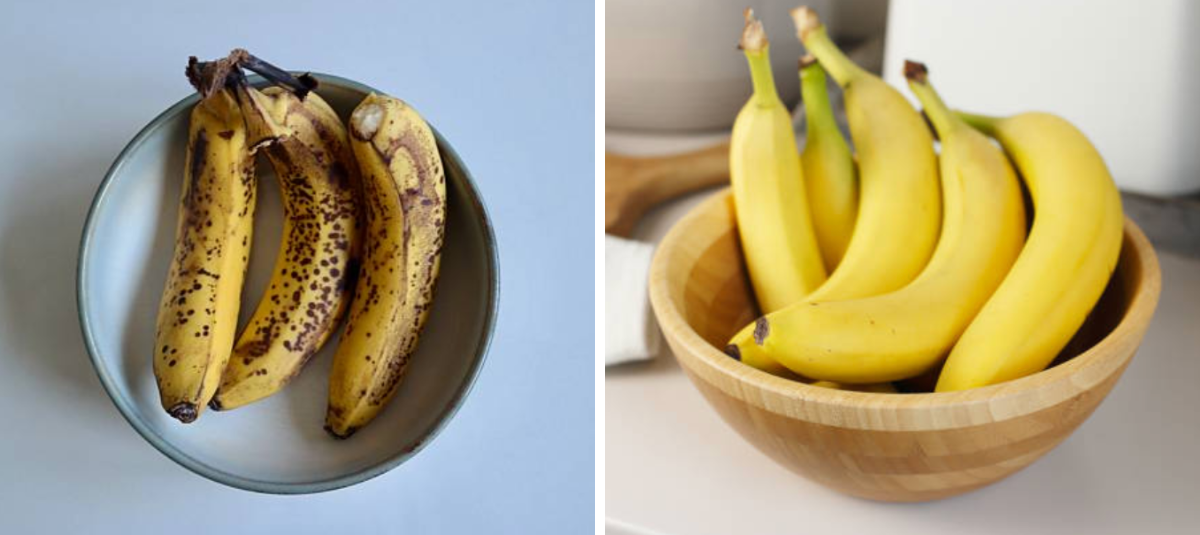Is it weird or normal? This is what artificial intelligence says about eating banana soup.

Eating soup with bananas is, for many, an unexpected combination. But in various regions of Colombia, such as Antioquia, Santander, and the Coffee Region , it's a common practice passed down through generations.
Traditions such as accompanying ajiaco or vegetable soup with this fruit generate surprise, rejection, or fascination depending on the origin of the person viewing the dish.

Chicken soup Photo: iStock
Today, even artificial intelligence tools have joined the conversation.
Models such as ChatGPT, Gemini, and Copilot were consulted to analyze this custom from a cultural, emotional, and nutritional perspective.
Although these tools lack opinions or their own tastes, their training and ability to process sociocultural patterns allow us to understand how this practice is perceived in the collective imagination.
What people who eat banana soup look like, according to AI Language models agree that eating banana soup is an expression of regional identity . It's not an anomaly, but rather a tradition with strong family and community roots .
In Colombia, especially in temperate climates, bananas are the ideal accompaniment to broth because of their sweetness, which contrasts with the saltiness of the soup.
According to AI, those who maintain this custom tend to share some traits:
- Culinary curiosity , combining unconventional flavors.
- Pride in one's own heritage, a reflection of a strong regional identity .
- Opening to the sweet-salty contrast, which can be interpreted as a search for balance , even emotional.
- Less fear of other people's judgment , which suggests confidence in one's cultural preferences and experiences.
Furthermore, this combination is interpreted as a form of food innovation that challenges the norms of what is expected in the kitchen.

Many people are very selective about their food. Photo: Getty Images/iStockphoto
In many cultures, sweet and savory foods are traditionally separated, but practices like this show that in Colombia the boundaries of taste can be more flexible.
Is this combination healthy? From a nutritional perspective, the AI clarifies that there is no inherent risk in consuming soup with banana.
In fact, it is a balanced mix in terms of nutrients : carbohydrates, fiber, potassium, B vitamins and liquids.
Bananas provide energy and can increase the feeling of satiety when accompanied by a light soup.
However, moderation is suggested for people with restrictions on sugar or simple carbohydrate consumption , such as those with diabetes or metabolic diseases.
A fruit that goes beyond dessert Bananas have been an essential part of the Latin American diet, both for their nutritional value and their availability.

banana Photo: iStock
Historically, it was one of the first tropical fruits exported to the United States and Europe at the beginning of the 20th century , and today it remains a fundamental part of the global fruit supply.
However, its consumption has generated stereotypes. In some countries, it's seen as a dessert or snack fruit , which is why its inclusion in savory dishes is odd.
For AIs, this is just another example of how food culture shapes taste: what is inconceivable to some is natural to others.
And what does this say about Colombia? Models like ChatGPT highlight that practices like eating banana soup reflect the country's culinary richness and cultural diversity.
Far from being an eccentricity, this custom shows how food functions as symbols of belonging, tradition, and family memory.
Furthermore, other generative models point out that the use of bananas with savory dishes raises a conversation about the valorization of local cuisine , versus the standardization of taste in globalization.
What does AI recommend about maintaining this practice? Artificial Intelligence models recommend preserving these customs as long as they are transmitted with cultural context and respect for diversity .
They also point out that these types of food combinations can be a source of creativity and gastronomic innovation.
As is often the case with traditional cuisine, the important thing is not that everyone adopts it, but that its origins are understood, its history is valued, and its significance is respected.
More news in EL TIEMPO *This content was written with the assistance of artificial intelligence, based on publicly available information released to media outlets. It was also reviewed by a journalist and an editor.
eltiempo





